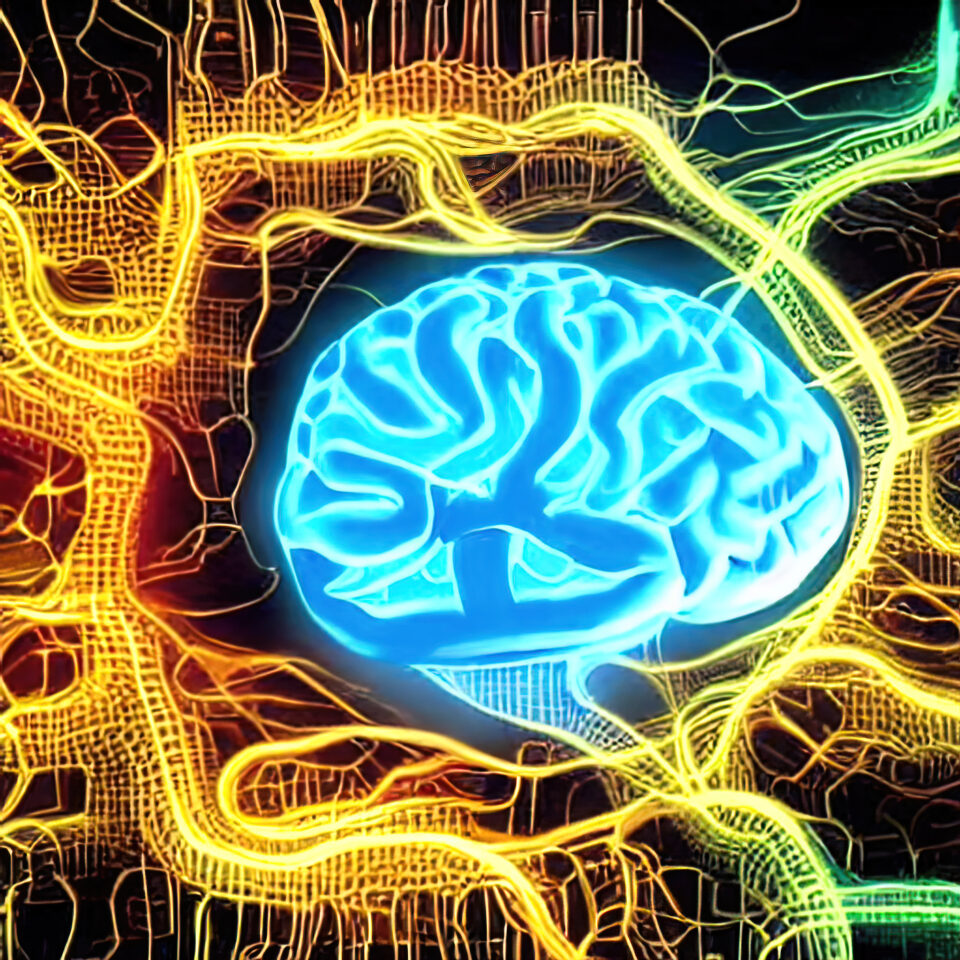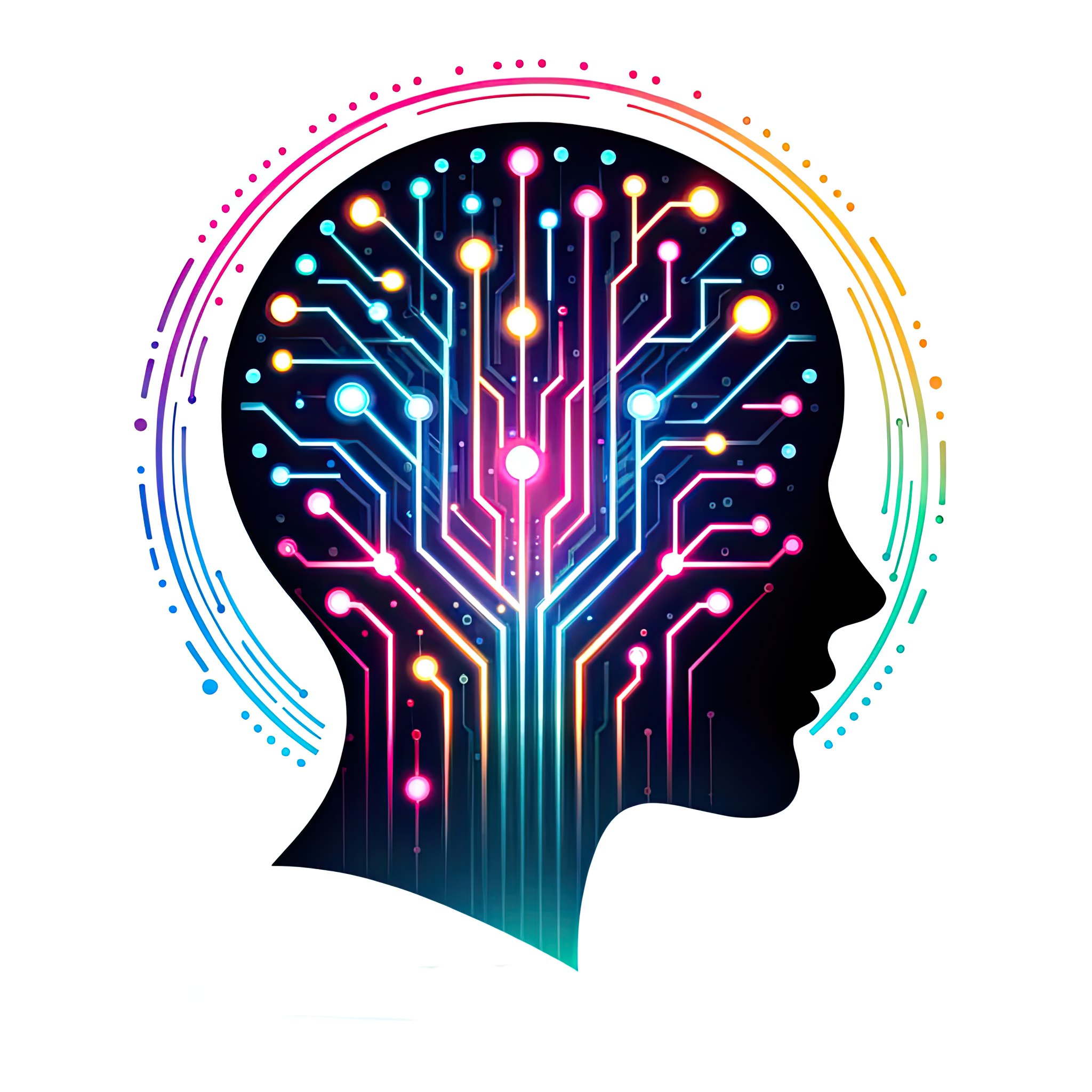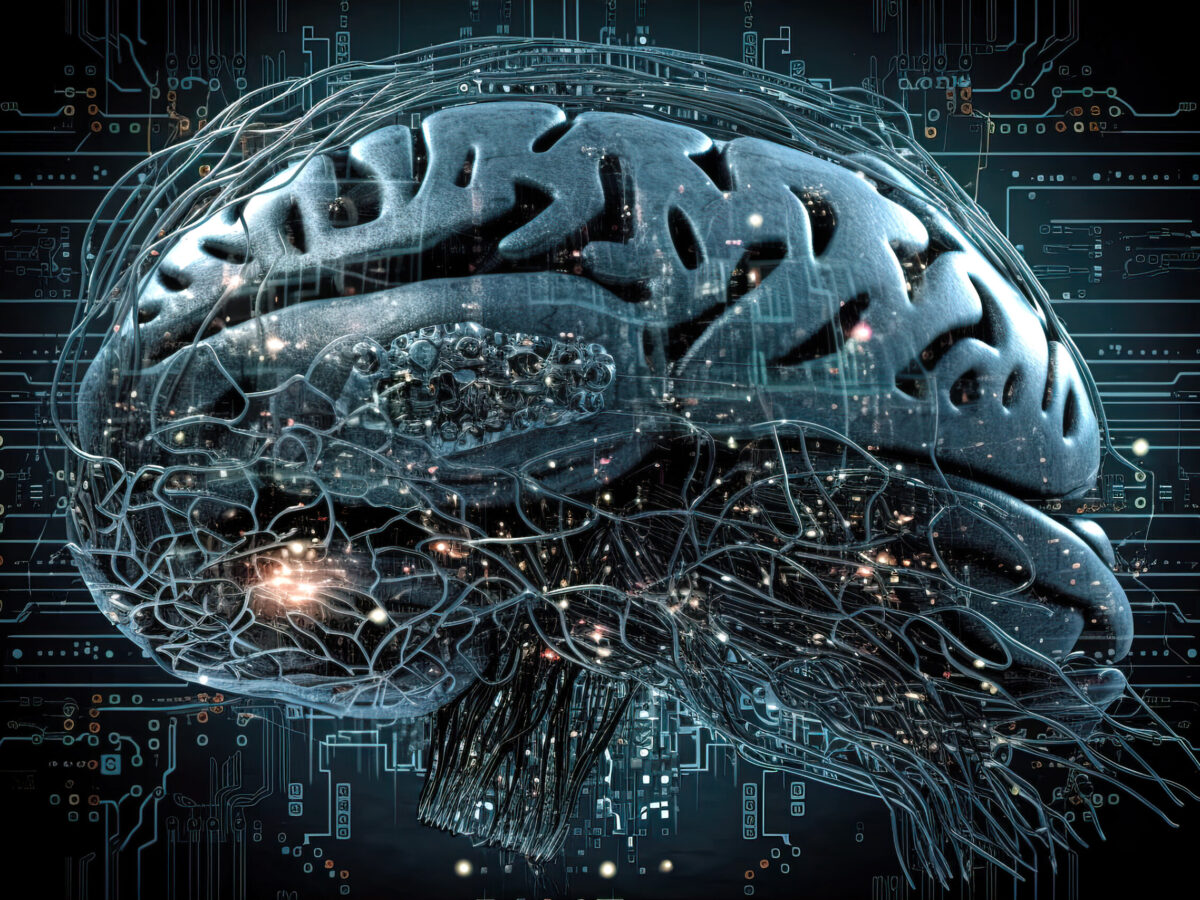Computational neuroscience represents a truly interdisciplinary field, seamlessly blending neuroscience – a discipline devoted to studying the nervous system – with the diverse facets of computer science and artificial intelligence. It leverages mathematical and computational models to accurately capture and represent the brain’s functionality. The principal objective of computational neuroscience is to unravel how the brain processes information and modulates behavior. To reach this ambitious goal, researchers employ an assortment of sophisticated techniques. This includes electroencephalography (EEG) for monitoring the brain’s electrical activity, magnetic resonance imaging (MRI) for visualizing the brain’s intricate structure, and microscopy to examine brain cells at a microscopic level.
One of the standout approaches in computational neuroscience revolves around the development of algorithms and models that take inspiration from the brain’s complex architecture and function. The aim is to address specific problems, such as object recognition or the control of robotic systems. These algorithms, commonly referred to as artificial neural networks, constitute a series of mathematical models that emulate the structure and function of biological neurons. These models are trained using large data sets to learn patterns and make predictions. Researchers are currently striving to refine these artificial neural networks, creating mathematical models inspired by the human brain’s remarkable ability to learn and continually improve from examples. These cutting-edge systems can be applied to recognize images, language, and other signals with high accuracy.
The models deployed in computational neuroscience have been meticulously crafted to simulate some of the brain’s cognitive abilities, including visual perception, language processing, and memory. However, these models still fall short of fully possessing all the cognitive abilities of the human brain, typically limited to replicating only certain aspects. Although these computational models are often anchored in hypotheses and theories of neuroscience, they may not necessarily resemble the real brain in terms of structure or function. Moreover, despite computational models displaying behaviors similar to those of the brain in certain circumstances, it does not automatically mean that they understand or perceive the world in the same manner as the human brain.
In recent times, some researchers in computational neuroscience have started utilizing these computational models to study brain processes linked to creativity, such as idea generation and problem-solving. However, our understanding of creativity remains fairly limited, with many unanswered questions about how the brain conceives and selects creative ideas. Creativity, recognized as the capacity to generate new and original ideas and perceive things differently from conventional norms, represents a more complex and elusive ability to analyze and replicate.

Here are several research areas within computational neuroscience anticipated to experience significant advancements in the near future:
- Machine learning and deep learning techniques: These powerful techniques, which have already been harnessed to solve a vast range of problems in computational neuroscience, including image and signal processing, brain-computer interfaces, and drug discovery, are anticipated to become increasingly instrumental in unraveling the brain’s complexities and developing novel treatments for neurological and psychiatric disorders as they continue to evolve.
- Brain-computer interfaces (BCIs): BCIs, which facilitate direct communication between the brain and computer systems, are expected to find use in a wide range of applications, including prosthetics, rehabilitation, and brain-controlled robotics.
- Theoretical neuroscience: This field, aiming to develop formal models of neural computations and representations in the brain, is gaining widespread recognition as a fundamental element of understanding how the brain operates. It is predicted to play an increasingly significant role in the broader field.
- Whole-brain simulation: A comprehensive simulation of the human brain would provide a potent tool to study the brain’s intricate networks, bolster our understanding of brain functions, and could even pave the way for new therapies for brain diseases.
- Optogenetics and related techniques: Optogenetics, a groundbreaking technique that uses light to control the activity of specific cells in the brain, is projected to be used increasingly in the future. It promises to enhance our understanding of neural circuits and brain functions and may also emerge as a valuable therapeutic tool.
- Cognitive-affective neuroscience: This burgeoning field of study, centered on the brain’s influence on emotions, mood, and decision-making, is expanding rapidly. A thorough understanding of the cognitive and affective basis of the human brain will be crucial in comprehending the foundation of behavior and in developing effective treatments for mental illnesses.
All images and all text in this blog were created by artificial intelligences

